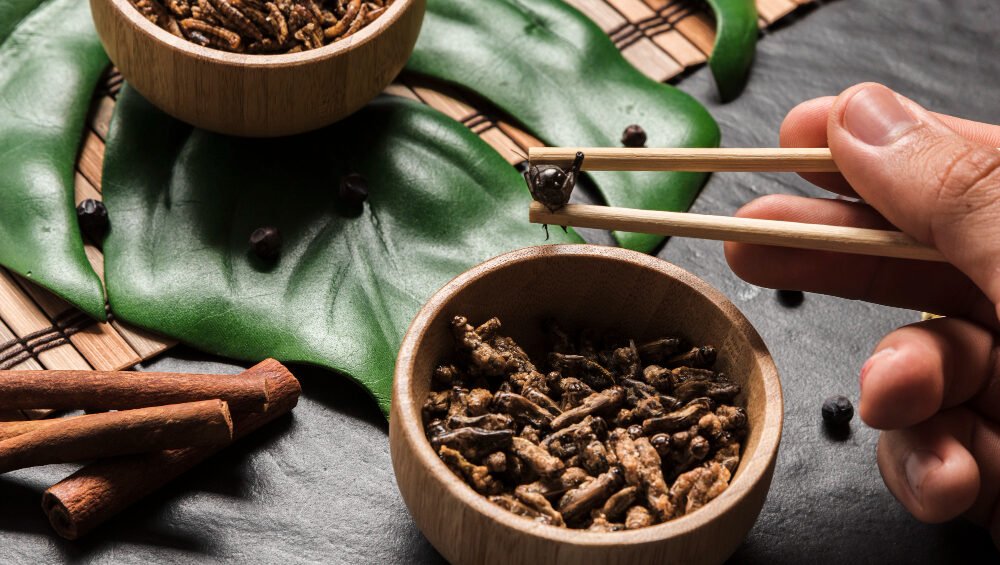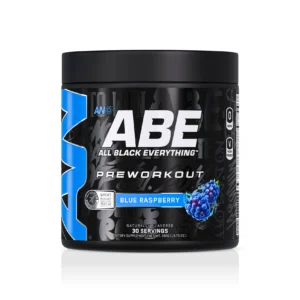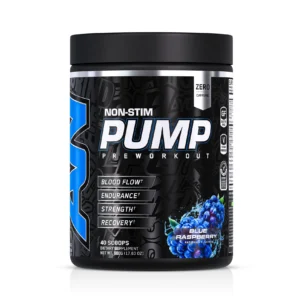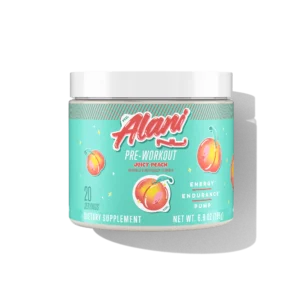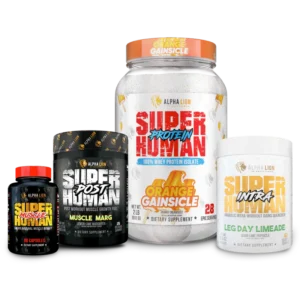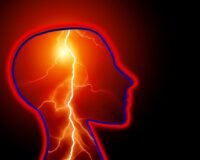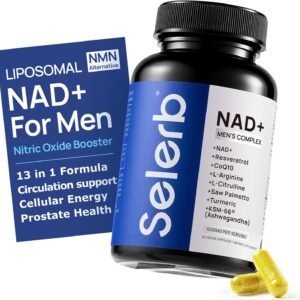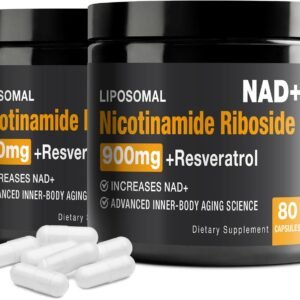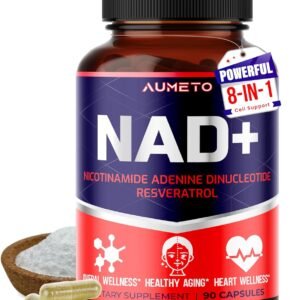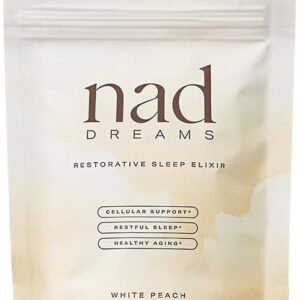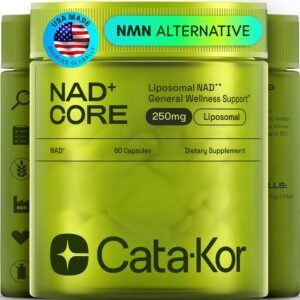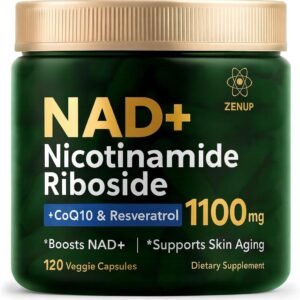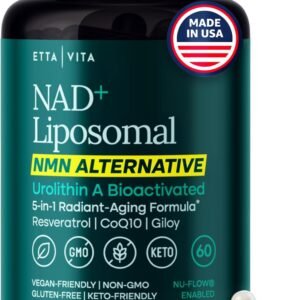Pharmacognostic Analysis of the 20 Most Common Adaptogens Reshaping Modern Wellness
20 most common adaptogens in the world. In the relentless theatre of modern high-performance culture, where the demands of cognitive acuity, emotional resilience, and sustained physical vitality perpetually escalate, a silent revolution is underway. It is not being waged solely in Silicon Valley biohacking labs or on the manicured floors of Wall Street, but has its roots deep in the ancient pharmacopeias of Traditional Chinese Medicine (TCM), Ayurveda, and other indigenous healing systems. This revolution is fueled by adaptogens—a class of non-toxic botanicals that singularly enhance the body’s systemic capacity to resist and adapt to stressors of all kinds, physiological and psychological.
The term, coined in 1947 by Soviet scientist Dr. Nikolai Lazarev and refined by his protégé, Dr. Israel I. Brekhman, has surged from obscurity into the lexicon of wellness connoisseurs and health professionals alike. The global adaptogen market, once a niche segment, is now projected to reach multi-billion dollar valuations, a testament to its burgeoning mainstream appeal. But beyond the marketing hyperbole and Instagram trends lies a sophisticated biochemical reality: these substances function as master regulators of the hypothalamic-pituitary-adrenal (HPA) axis, the body’s central stress response system.
This article provides a comprehensive exegesis of the twenty most common adaptogens, delineating their precise mechanisms of action, empirical benefits, and their potential to serve as a cornerstone for a more resilient and optimized human architecture.
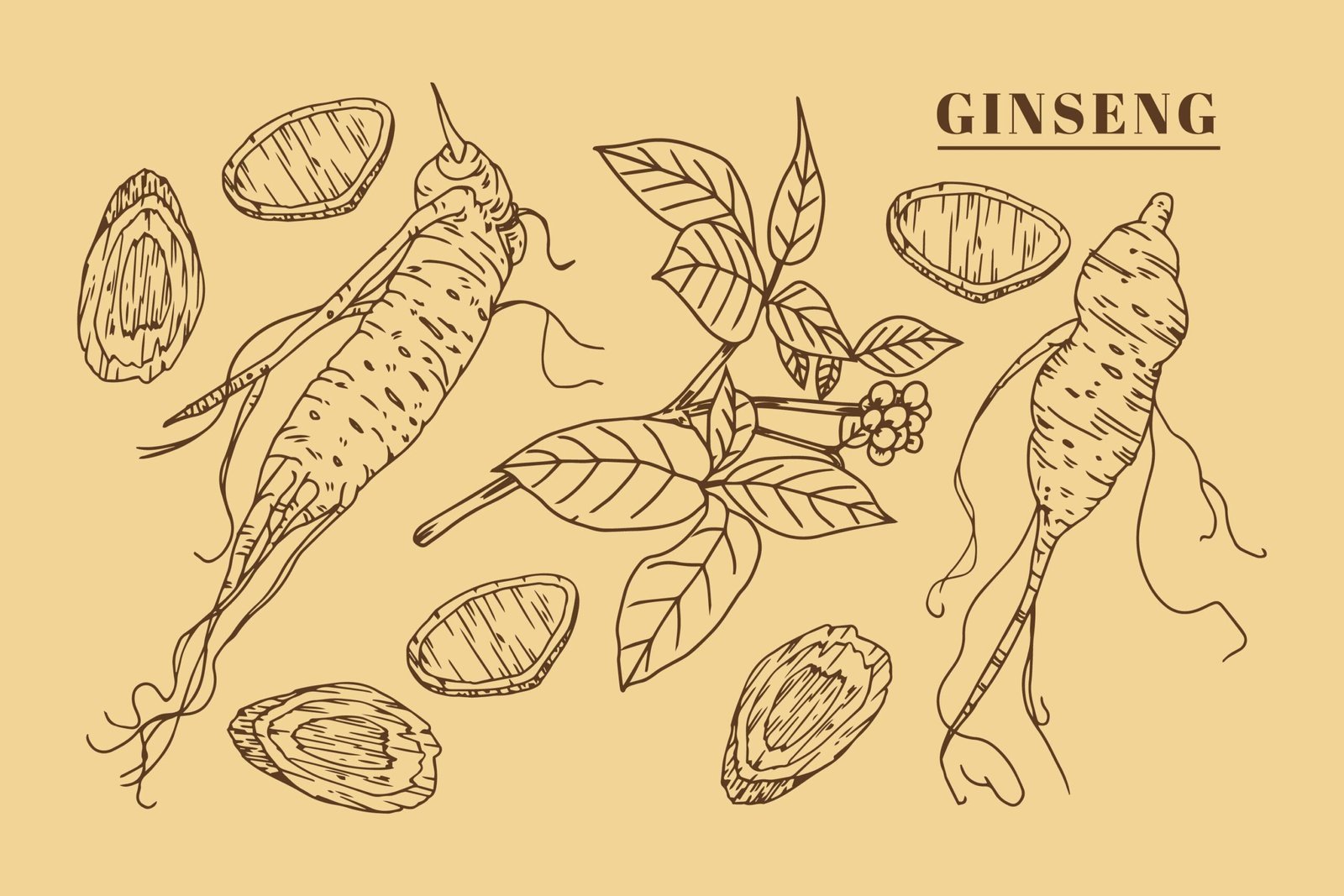
The Mechanistic Paradigm: How Adaptogens Confer Resilience
To appreciate the efficacy of adaptogens, one must first understand the physiology of stress. The HPA axis is our primary neuroendocrine response system. Upon perceiving a stressor, the hypothalamus secretes corticotropin-releasing hormone (CRH), which signals the pituitary gland to release adrenocorticotropic hormone (ACTH). This, in turn, stimulates the adrenal glands to flood the system with cortisol, the primary “stress hormone.” While vital for the “fight or flight” response, chronic cortisol elevation is catastrophically dysregulating, leading to systemic inflammation, cognitive impairment, metabolic dysfunction, and immune suppression.
Adaptogens operate not by blocking this pathway, but by modulating it—a critical distinction. They are bidirectional or normalizing agents. Their sophisticated phytochemistry, rich in unique triterpenes, glycosteroids, and polyphenols, essentially “teaches” the HPA axis to respond to stressors more efficiently. If cortisol is too high, they help lower it; if the response is inadequate, they can potentiate it. This leads to a state of homeostasis or allostasis—achieving stability through change. Their primary mechanisms include:
- HPA Axis Modulation: Regulating the production and release of CRH, ACTH, and cortisol.
- Cellular Defense (Heat Shock Protein 70 Upregulation): Enhancing the production of proteins that protect cells from damage under duress.
- Neuroendocrine-Immune System Interplay: Modulating the cross-talk between the nervous, endocrine, and immune systems, often via the master antioxidant pathway, Nrf2.
With this foundational understanding, we can now proceed to a detailed analysis of the twenty foremost adaptogens.
The Pantheon of Adaptogens: A Detailed Compendium
1. Ashwagandha (Withania somnifera)
The “King of Ayurvedic Adaptogens,” Ashwagandha (translation: “smell of a horse,” alluding to its vigor-imparting properties) is perhaps the most extensively researched adaptogen. Its primary bioactive compounds, withanolides, have been shown to significantly reduce serum cortisol levels in chronically stressed individuals.
- Precise Action & Benefits: It functions as a potent GABA-mimetic, promoting anxiolytic (anti-anxiety) effects. Clinically, it demonstrates remarkable efficacy in improving resilience to stress, enhancing sleep quality, reducing anxiety, and improving thyroid function. It is particularly noted for its ability to bolster energy without stimulation, making it a premier choice for combating adrenal fatigue and burnout.
2. Rhodiola Rosea
Hailing from the arctic climates of Siberia and Scandinavia, Rhodiola is celebrated as a “stimulating” adaptogen. Its key active constituents, salidroside and rosavin, are critical to its function.
- Precise Action & Benefits: Rhodiola primarily enhances cognitive function and physical endurance by optimizing the energy metabolism of neurons and muscle cells. It inhibits cortisol release during acute stress and increases levels of beta-endorphins and neuropeptides like NPY, which protect the brain from stress-related exhaustion. It is the quintessential adaptogen for overcoming fatigue and enhancing mental performance under pressure.
3. Panax Ginseng
Distinguished from other ginseng varieties, true Panax Ginseng (often called Korean or Asian Ginseng) is a cornerstone of TCM. Its active components, ginsenosides, are responsible for its wide-ranging effects.
Related Products
-
ABE Performance Pre-Workout
$34.99 -
Abe Pump Zero Stim Preworkout
$40.49 -
Alani Pre Workout Juicy Peach
$26.99 -
Alpha Lion Mass Monster Stack
Original price was: $268.41.$169.99Current price is: $169.99.
- Precise Action & Benefits: Ginseng is a comprehensive tonic that enhances physical stamina, cognitive function, and immune competence. It works by modulating nitric oxide production, improving endothelial function and blood flow. It is particularly revered for its ability to increase vitality and combat general weakness and lethargy, especially in the elderly or convalescent.
4. Holy Basil (Ocimum sanctum)
Known as “Tulsi” in India, Holy Basil is revered as a sacred “Elixir of Life.” Unlike culinary basil, it is a potent adaptogen rich in eugenol, rosmarinic acid, and other bioactive compounds.
- Precise Action & Benefits: Tulsi excels as an anti-inflammatory and immunomodulatory agent. It protects against toxic chemical stress and heavy metals by upregulating the body’s endogenous antioxidant systems (e.g., superoxide dismutase). It is exceptionally effective at promoting a calm, focused mind and supporting metabolic health, including healthy blood glucose levels.
5. Cordyceps (Cordyceps sinensis/militaris)
A unique fungal adaptogen that parasitizes insect larvae, Cordyceps has transitioned from a rare Himalayan find to a widely cultivated superfood. Its power lies in cordycepin and adenosine.
- Precise Action & Benefits: Cordyceps is a master of aerobic capacity and energy production. It enhances adenosine triphosphate (ATP) production within the mitochondria, improving oxygen utilization. This makes it a premier ergogenic aid for athletes, increasing endurance and reducing fatigue. It also supports renal and respiratory function.
6. Eleuthero (Eleutherococcus senticosus)
Formerly mislabeled as “Siberian Ginseng,” Eleuthero is a distinct entity and was a key tool for Soviet scientists to enhance the performance of athletes and cosmonauts. Its eleutherosides are the key active molecules.
- Precise Action & Benefits: Eleuthero is a classic endurance adaptogen. It enhances work capacity by improving the efficiency of metabolic pathways and mitigating feelings of fatigue. It is less stimulating than Rhodiola but provides a sustained, foundational energy boost and enhances immune surveillance, particularly against common viruses.
7. Reishi (Ganoderma lucidum)
The “Mushroom of Immortality” in TCM, Reishi is less of a direct stimulant and more of a deep immunomodulator and calming tonic. Its triterpenes (ganoderic acids) and beta-glucans are paramount.
- Precise Action & Benefits: Reishi is profoundly calming to the nervous system, acting as a gentle sedative to improve sleep architecture. Its potent beta-glucans “train” the innate immune system, enhancing its response to pathogens while calming autoimmune overreactions. It is also a powerful supporter of hepatic detoxification pathways.
8. Licorice Root (Glycyrrhiza glabra)
A potent adrenal agent, Licorice Root must be used with precision due to its strong physiological effects. Glycyrrhizin is its primary, but not sole, active component.
- Precise Action & Benefits: Licorice root inhibits the enzyme 11-beta-hydroxysteroid dehydrogenase, which breaks down cortisol. This prolongs the life of the body’s natural cortisol, providing support for depleted adrenals in cases of profound fatigue and burnout. Caution: Prolonged use can lead to hypertension and hypokalemia; deglycyrrhizinated licorice (DGL) is used for digestive support without these effects.
9. Schisandra (Schisandra chinensis)
A quintessential TCM berry known as the “five-flavor fruit,” Schisandra is a true harmonizer. Its lignans, such as schisandrin, are adaptogenic.
- Precise Action & Benefits: Schisandra is a broad-spectrum hepatoprotective agent, shielding the liver from toxic insults. It enhances mental clarity and physical endurance while providing a gentle focusing effect. It is renowned for its ability to increase the body’s resistance to a vast array of stressors, both internal and external.
10. Maca (Lepidium meyenii)
A cruciferous root native to the Peruvian Andes, Maca is often classified as an adaptogen due to its hormone-balancing and energy-enhancing effects, though its mechanism is distinct.
- Precise Action & Benefits: Maca is not a hormone itself but contains unique compounds called macaenes and macamides that support endocrine function. It is shown to improve libido, reduce symptoms of menopause, and enhance mood and energy, likely by supporting the health of the hypothalamic-pituitary axis rather than by supplying exogenous hormones.
11. Astragalus (Astragalus membranaceus)
A foundational herb in TCM, Astragalus is a deep immune modulator and Qi (vital energy) tonic. Its key constituents are astragalosides and polysaccharides.
- Precise Action & Benefits: Astragalus potently stimulates the immune system by increasing the production and activity of white blood cells and interferon. It is a premier adaptogen for preventing illness and supporting recovery. It also demonstrates cardioprotective properties by supporting healthy inflammation response and endothelial function.
12. Shatavari (Asparagus racemosus)
The primary female tonic in Ayurveda, Shatavari translates to “she who possesses a hundred husbands,” hinting at its reputed vitality-promoting properties.
- Precise Action & Benefits: Rich in saponins, Shatavari has a phytoestrogenic effect, helping to balance estrogen levels throughout the menstrual cycle and menopause. It soothes the digestive tract, supports the immune system, and has a calming, moistening nature that counteracts the drying, aggravating effects of chronic stress.
13. He Shou Wu (Polygonum multiflorum)
A revered Taoist tonic, He Shou Wu is legendary for its purported abilities to restore vitality, reverse gray hair, and promote longevity.
- Precise Action & Benefits: Modern research indicates it is a powerful antioxidant and supports healthy liver and kidney function. It is used to combat general debility, lower cholesterol, and build “Jing” or essence in TCM, which is considered the deep, foundational energy reserve of the body.
14. Tulsi (See Holy Basil)
[Already covered above under ‘Holy Basil’]
15. Jiaogulan (Gynostemma pentaphyllum)
Dubbed “Southern Ginseng” for its growth patterns and effects, Jiaogulan is rich in gypenosides, which are structurally similar to ginsenosides.
- Precise Action & Benefits: Jiaogulan is a powerful antioxidant that activates the AMPK enzyme, a regulator of cellular energy homeostasis often called the “metabolic master switch.” This confers benefits for metabolic syndrome, cardiovascular health, and longevity. It is also a calming adaptogen that reduces the physiological response to stress.
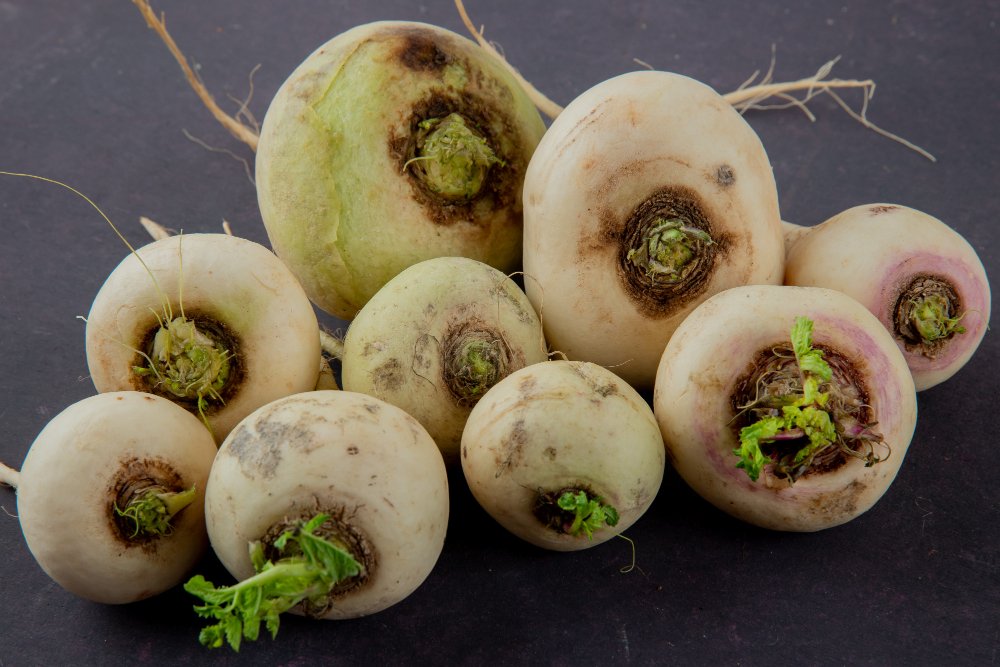
16. Chaga (Inonotus obliquus)
A black, charcoal-like conk growing on birch trees, Chaga is one of the highest known natural sources of antioxidants, particularly melanin and superoxide dismutase (SOD).
- Precise Action & Benefits: Chaga is less of a direct HPA axis modulator and more of a powerful immunomodulator and antioxidant. Its immense ORAC (Oxygen Radical Absorbance Capacity) value means it excels at neutralizing oxidative stress, the cellular damage that underlies chronic disease and aging. It supports healthy inflammation response and gastrointestinal health.
17. Lion’s Mane (Hericium erinaceus)
While often categorized as a nootropic, Lion’s Mane possesses significant adaptogenic properties through its profound support of the nervous system.
- Precise Action & Benefits: Its unique hericenones and erinacines stimulate the production of Nerve Growth Factor (NGF), a protein critical for the maintenance, survival, and regeneration of neurons. This makes it unparalleled for supporting cognitive function, memory, and nerve repair, while also calming anxiety and supporting a healthy gut-brain axis.
18. Suma (Pfaffia paniculata)
Often called “Brazilian Ginseng,” Suma is a comprehensive tonic. Its most notable constituent is beta-ecdysone, a phytosterol.
- Precise Action & Benefits: Suma is traditionally used to combat fatigue, enhance immune function, and as a general revitalizer. It may support hormonal balance and has been studied for potential anti-tumor properties, though it is primarily valued as a broad-spectrum energy and vitality enhancer.
19. c (Moringa oleifera)
While a nutritional powerhouse first, Moringa’s high concentration of vitamins, minerals, and antioxidants allows it to function as an adaptogen by reducing the nutritional deficiencies that exacerbate stress.
- Precise Action & Benefits: It provides a clean, sustainable energy boost by flooding the body with essential cofactors for mitochondrial energy production. Its anti-inflammatory and blood-sugar stabilizing properties further contribute to its ability to help the body manage physiological stress.
20. Turkey Tail (Trametes versicolor)
A ubiquitous polypore mushroom, Turkey Tail is one of the most extensively studied medicinal mushrooms for immune support.
- Precise Action & Benefits: Its efficacy is driven by two key polysaccharide complexes: Polysaccharide-K (PSK) and Polysaccharide-Peptide (PSP). These compounds are validated adjuncts in oncology care, enhancing immune function and survival rates. They work by priming and modulating the innate and adaptive immune response.
Integration and Prudent Application
The sophisticated action of adaptogens is not a substitute for a poor lifestyle but a powerful adjunct to a foundation of adequate sleep, proper nutrition, and regular exercise. Their selection should be strategic, not casual.
- For Burnout & Adrenal Fatigue: Ashwagandha, Licorice, Rhodiola
- For Cognitive Performance & Focus: Rhodiola, Lion’s Mane, Panax Ginseng
- For Athletic Performance & Endurance: Cordyceps, Rhodiola, Eleuthero
- For Immune Modulation: Reishi, Astragalus, Turkey Tail, Chaga
- For Hormonal Balance (Women): Shatavari, Maca
- For Calm & Sleep: Ashwagandha, Reishi, Holy Basil
Crucially, consultation with a healthcare provider knowledgeable in phytotherapy is paramount, especially for those on medication, with pre-existing conditions, or who are pregnant or nursing. Quality is also non-negotiable; seek out extracts from reputable suppliers that utilize third-party testing for purity and potency.
The Future of Resilience
Adaptogens represent a paradigm shift from reactive medicine to proactive enhancement of human resilience. They are not mere supplements but sophisticated biochemical tools that interface with our most fundamental stress-response pathways. As the pace of modern life continues to accelerate, the ancient wisdom encoded within these botanicals offers a promising path toward not merely surviving, but thriving. They provide a means to engineer a more robust human system, capable of maintaining equilibrium amidst the chaos, thereby unlocking sustained performance, health, and vitality—the ultimate competitive advantage.

